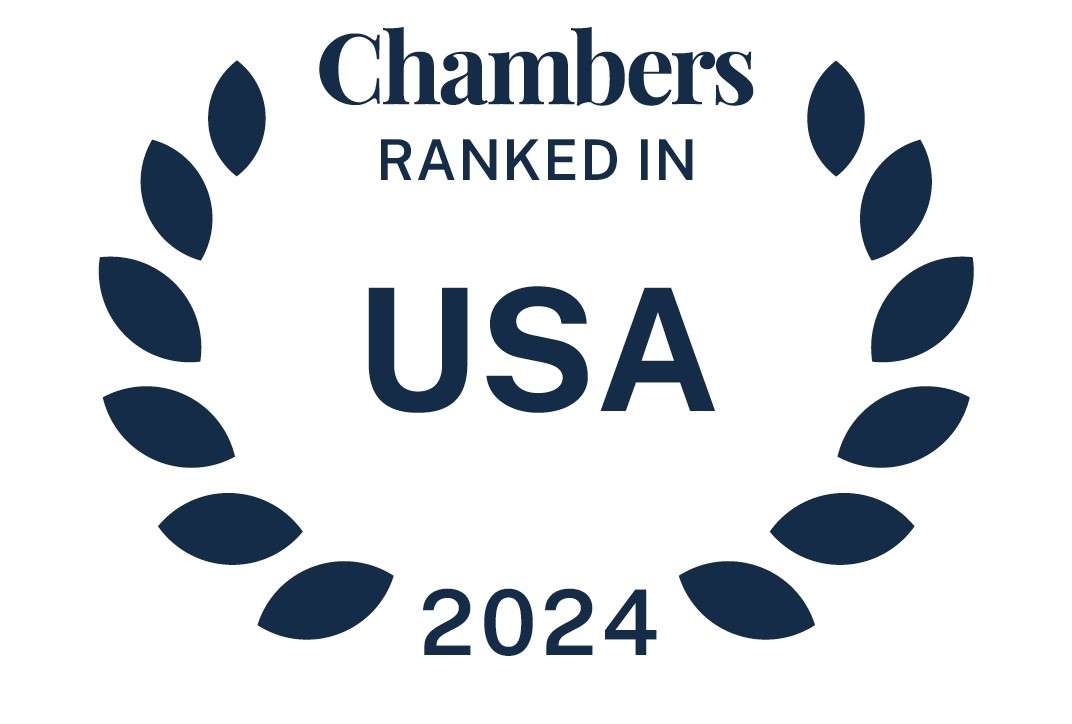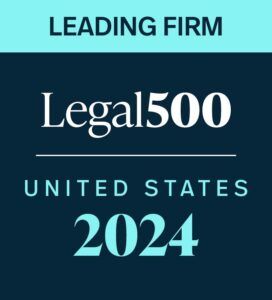The Internal Revenue Service has announced the cost-of-living adjustments to the applicable dollar limits for various employer-sponsored retirement and welfare plans for 2026. Most of the dollar limits that are subject to adjustment for cost-of-living increases will increase for 2026. The Social Security Administration released separately the maximum amount of earnings subject to the Social Security Tax.
Compensation considerations for health system innovation activities
This special series of the Governing Health podcast, presented in collaboration with SullivanCotter, explores key developments and provides guidance for boards’ executive compensation committees as they navigate complex operational, technical, and strategic challenges. In this episode, Michael Peregrine, Kerrin Slattery, and Jeff Holdvogt examine why innovative compensation incentives have become a pressing topic for health systems and their compensation committees.
IRS issues FAQs addressing Employee Retention Credits under OBBBA
The Internal Revenue Service (IRS) recently issued frequently asked questions (FAQs) addressing Employee Retention Credits (ERC) under the ERC compliance provisions of the One Big Beautiful Bill Act (OBBBA). Although not final guidance, “a taxpayer who reasonably and in good faith relies on these FAQs will not be subject to a penalty that provides a reasonable cause standard for relief, including a negligence penalty or other accuracy-related penalty, to the extent that reliance results in an underpayment of tax.”
EEOC enforcement actions underscore employers’ religious accommodation policies
On August 22, 2025, the US Equal Employment Opportunity Commission (EEOC) published a press release demonstrating its enhanced efforts to protect religious freedom in the workplace. These initiatives include investigating more than 10,000 charges challenging COVID-19 vaccine mandates and pursuing charges and lawsuits involving religious accommodation and antisemitism claims.
Government shutdown continues as start of ACA open enrollment approaches
The US government shutdown has now lasted nearly one month, marking it as the longest full shutdown in US history, surpassing the previous record held by the partial shutdown of 35 days in 2018 – 2019. As the shutdown continues, pressure mounts to reopen the government due to the growing number of uncompensated federal employees and affected programs; however, a resolution remains elusive. A critical deadline is approaching on November 1, 2025, which could further escalate the pressure to end the shutdown, as it is the start of open enrollment for health insurance through the Affordable Care Act (ACA) Marketplace.







